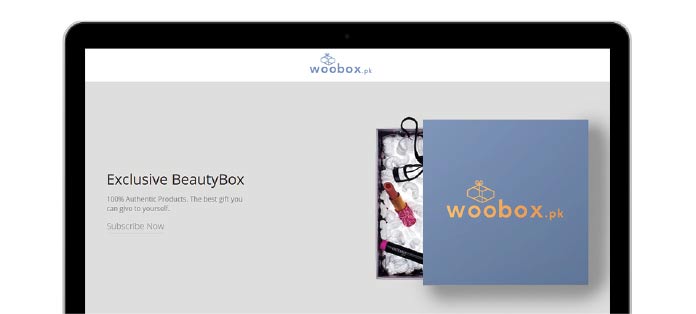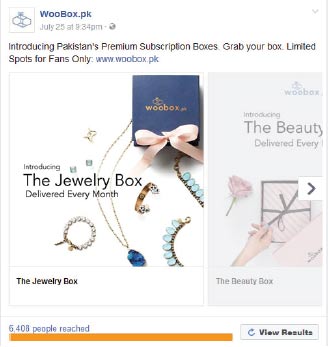We get excited by new ideas. Sometimes we want to start right away thinking if we build it, people will come. We should not – because as an entrepreneur, we have to make rational decisions, backed by insights and hard facts.
You may have insights about your next startup idea, however you need to answer this question before you launch, “Would this pay my bills?” This quick step by step guide will provide you actionable insights and answer the above question. It can be applied to any kind of business idea.
Step 1: Decide a business name & register a domain
Think of a short yet memorable business name that your ideal customers can relate to. Spend no more than 2 hours on this. If you don’t get it right in the first 30 minutes, give it a break, take a cold shower and then come back to it again.
Pen down whatever comes to your mind. Let it flow. Once you have enough options or words on paper, remove the irrelevant ones. Eventually, you will find a sweet spot.
Now that you have a business name, you have to register a domain name. Depending on the target market, you can choose your domain name’s extension (.com, .pk, .in, .co, etc).
For this guide, I picked WooBox.pk for a monthly gift subscription box.
Step 2: Design a logo
 Keep it as minimal as possible. If you are stuck with ideas, go with a text-based logo.
Keep it as minimal as possible. If you are stuck with ideas, go with a text-based logo.
Remember you don’t need to perfect anything at this point of time, just something worth-looking would be good enough.
Although I was not perfectly happy with the WooBox logo, but it did a good job because it showed my concept at a glance.
Step 3: Setup a pitch experiment

You are going to create this pitch experiment to pitch your idea to people online and get hard facts without any bias. You should not pitch your idea to your friends verbally because chances are that they would please you and say “Yes”.
You don’t have to make a product until you are sure that people want it. For now, prepare a prototype or select relevant images and present it on your landing page.
The above image shows a landing page for WooBox’s concept that I wanted to test. Last page on this guide shows the results.
Landing page
You’d need a landing page to create this experiment. Landing page is a single page website used for marketing purposes. Every landing page has 3 essential elements:
1. Headline
The sentence that captures your attention. The idea that’s going to hook people on your page. This is an extremely important element as it should entice people to read further.
Successful headline = End result customer wants + specific period of time + objections
Examples:
“One tap and a car comes directly to you within 3 minutes”
“Find outstanding talent within 10 minutes of job posting”
2. Call to action (CTA)
 What the page is asking you to do. The button you have to click. This has to be in plain language and clear. It should not make people think. People should know what will happen if they click it.
What the page is asking you to do. The button you have to click. This has to be in plain language and clear. It should not make people think. People should know what will happen if they click it.
3. Features and benefits
Here you will write a description of the product that explains why they should click the call to action button.
Focus on benefits because people don’t want products – they want what the product will do for them. Some copywriters perform a “So What?” test when writing features and benefits.
Example: This car has ceramic coating installed (So What?) Which means that you don’t have to worry about scratches for at least 24 months (benefit).
Let’s assume your idea is to launch a monthly subscription box similar to WooBox, and before you start the inventory collection process, you have to be sure that people would open their wallets and subscribe for at least a month through your website.
Step 4: Setup a thank you page

This is where we track conversion. People will get to see this page when they click the call to action button.
On this page, we would inform the status of our product or service and accordingly would ask people to receive an invite when we launch.
Step 5: Drive traffic to your landing page
Tell your friends and family

Don’t tell your friends or family that this is your new venture and that you are seeking their opinion. Because mostly you will get responses like “Yes this is a great idea.”
We don’t need such responses to validate our ideas. Instead, show them the landing page and observe how they react.
I showed WooBox.pk’s landing page to my mom on her phone and observed her browsing patterns.
She scrolled up and down while I controlled my excitement. Then after
a moment, she asked, “I want to order this WooBox for a month to see what items they send.” That was my magical moment.
Run ads on Facebook
Create an ad on Facebook to drive traffic to the landing page. Run it for at least 2 days.
Then after 2 days, check analytics to understand visitors’ behavior and conversion rate.
Results

In just 2 days, it was confirmed that people would pay for it if we sell it, and we would have generated $1,010 in revenue if there was a live website for WooBox.pk
• 436 visits
• 733 page views
• 7.8% goal conversion rate
• 34 potential customers
• $1,010 potential revenue
• 303 page likes on Facebook


